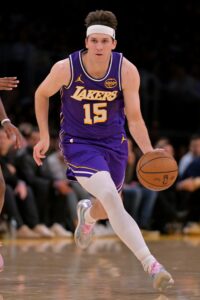Team context and opportunity are the two most important factors for individual success for the grand majority of NBA players. Those factors are also the primary determinants of whether a contract is viewed as being team- or player-friendly.
Consider, for example, former NBA big man Richaun Holmes. After being selected 37th overall in the 2015 draft, Holmes spent the first four years of his career providing energy and athleticism off the bench in Philadelphia and Phoenix. At 6'9" and 235 pounds, Holmes was undersized for a center, and seemed unlikely to ever have a full-time starting role.
Holmes' career trajectory changed when he signed with Sacramento in the 2019 offseason. Playing on a two-year, $10MM contract, Holmes averaged 13.4 points, 8.2 rebounds and 1.4 blocks in 28.8 minutes per game over the next two seasons as the Kings' starting center, shooting 64.1% from the floor and 79.2% from the foul line.
Holmes parlayed his newfound success into a four-year, $47MM contract in the summer of 2021. He played quite well over the first 20 games of the 2021/22 campaign, but then got hurt and became embroiled in a child custody battle that resulted in him missing time for personal reasons (he eventually prevailed in court). Around the same time, the Kings traded Tyrese Haliburton for Domantas Sabonis.
The addition of Sabonis significantly reduced Holmes' importance in Sacramento, making him look both unnecessary and overpriced. He never really regained a foothold in the rotation, and spent the past few years bouncing around the league as a veteran backup. Now 32, Holmes signed with Greek powerhouse Panathinaikos over the summer after he was unable to find an attractive NBA opportunity.
What does Richaun Holmes have to do with Michael Porter Jr.? That's a fair question.

 “I’ve said it a million times. I want to be in L.A. I love it,” Reaves said at the time. “Even though the other extension was
“I’ve said it a million times. I want to be in L.A. I love it,” Reaves said at the time. “Even though the other extension was